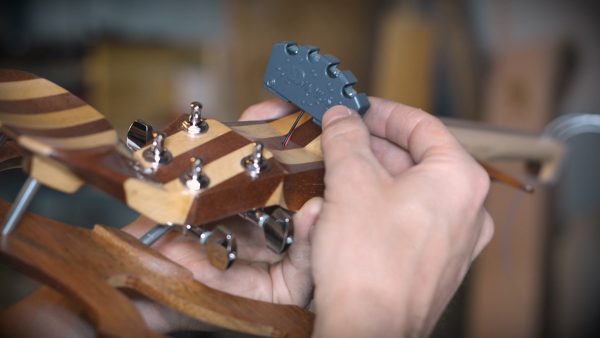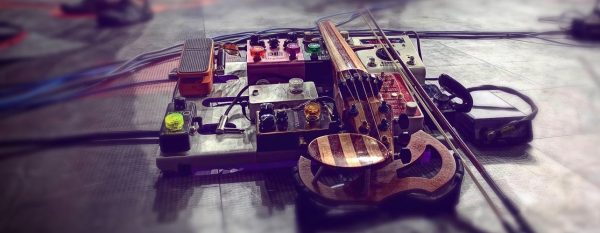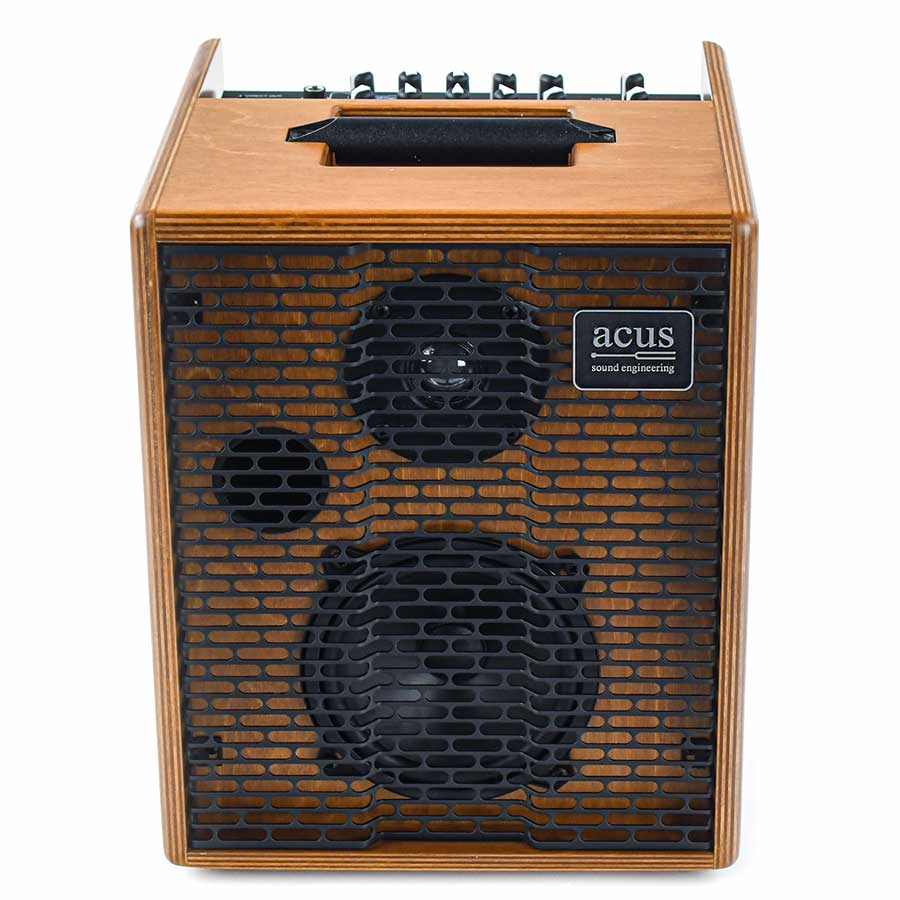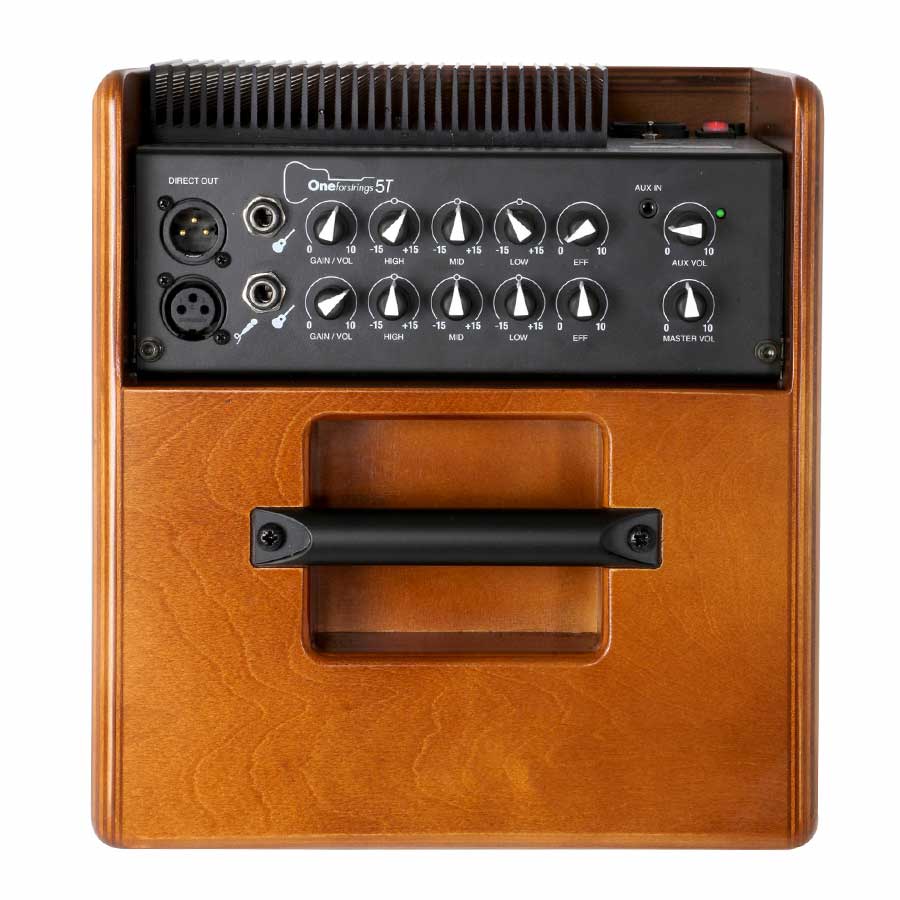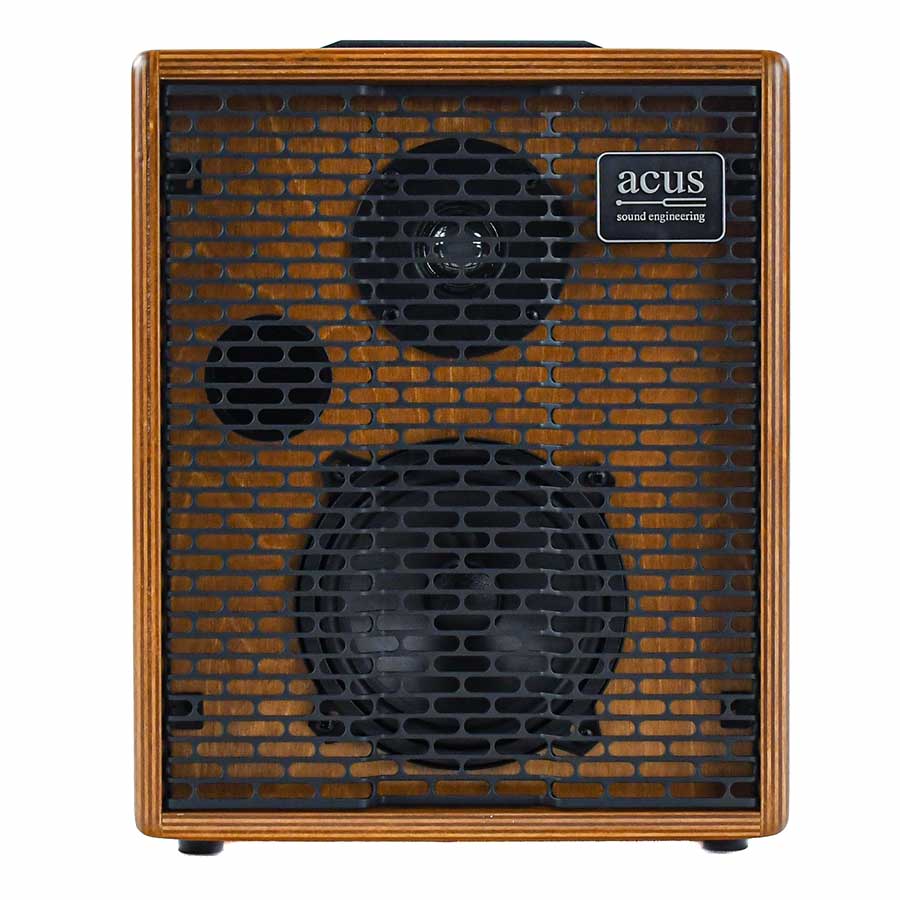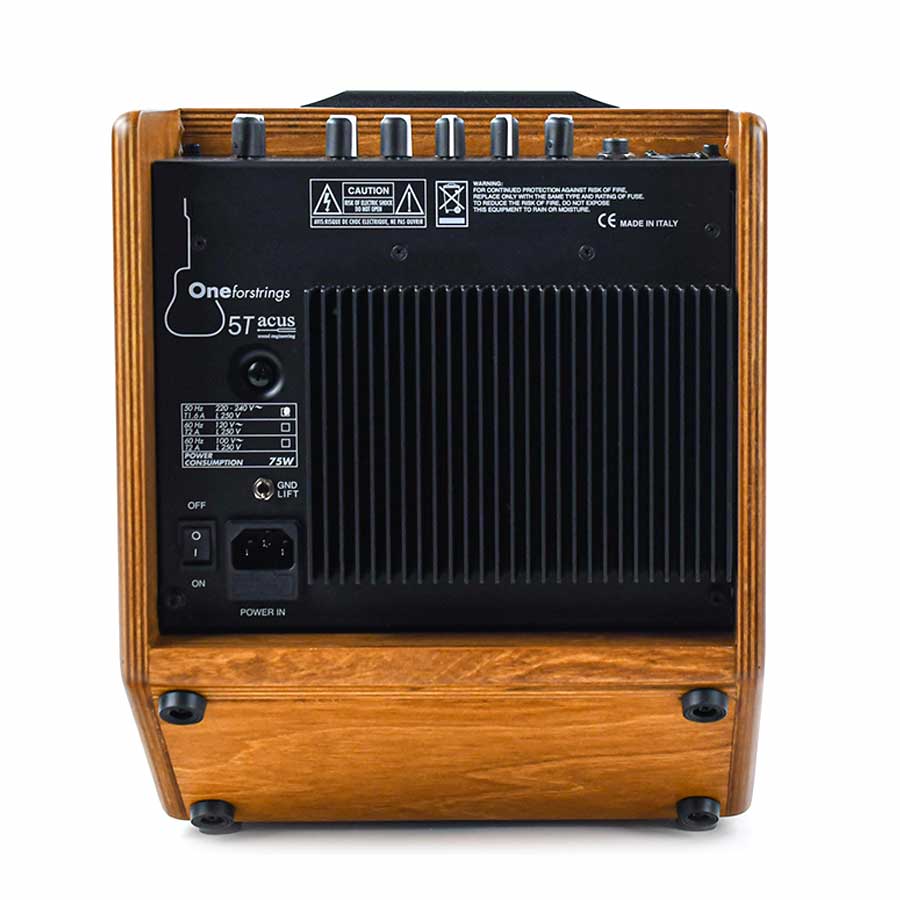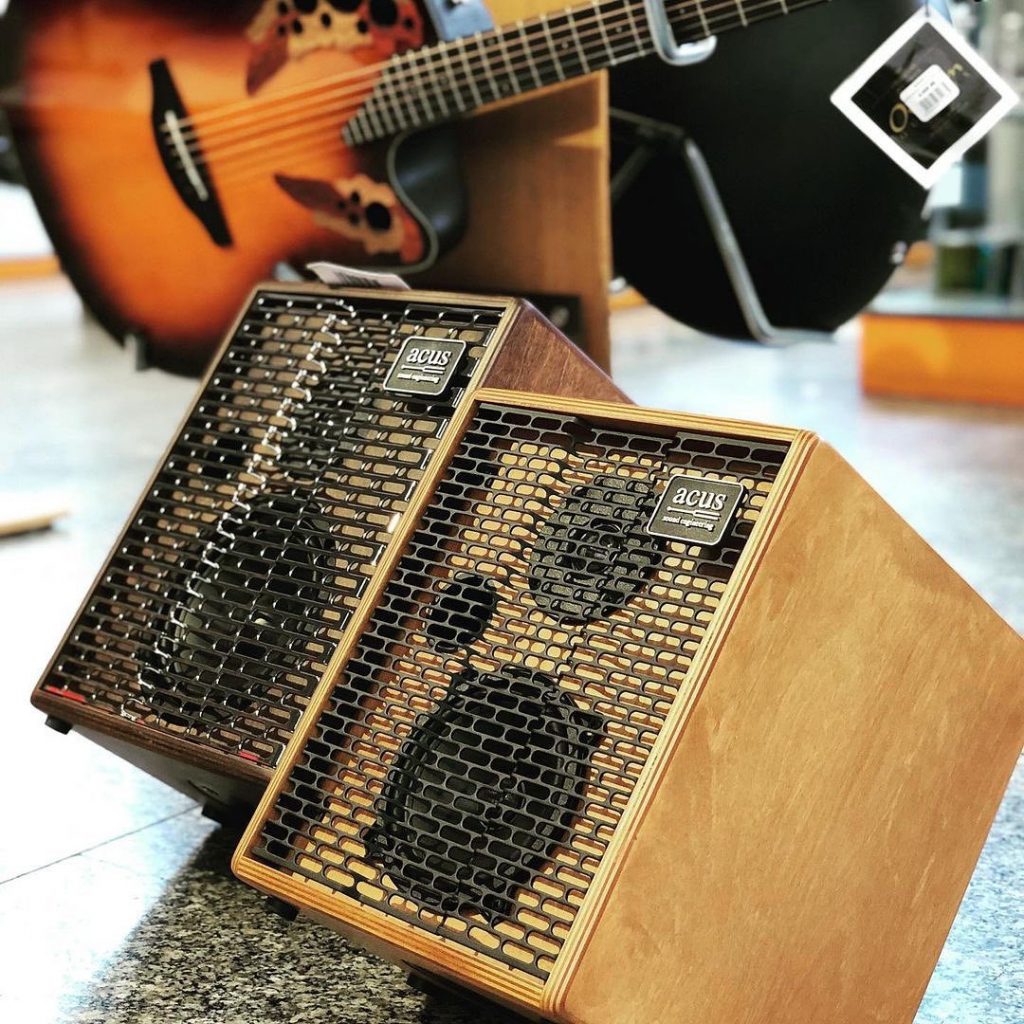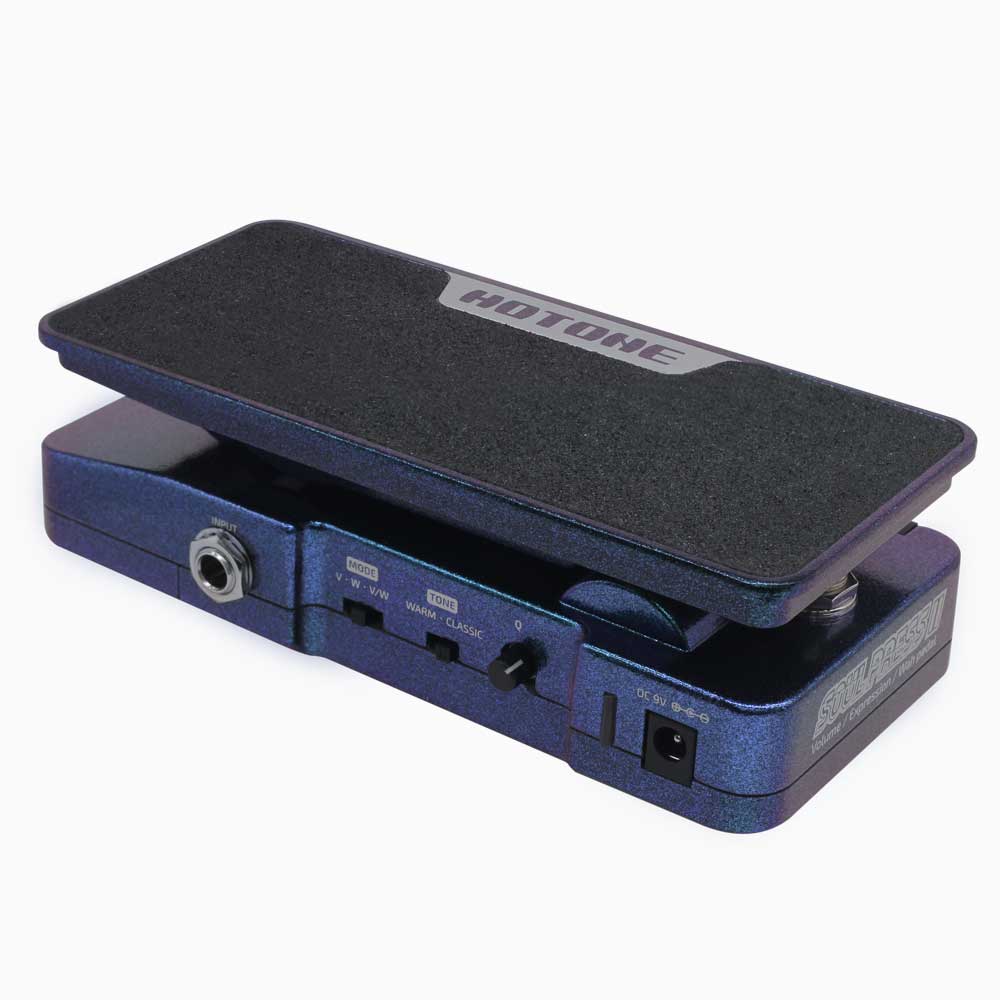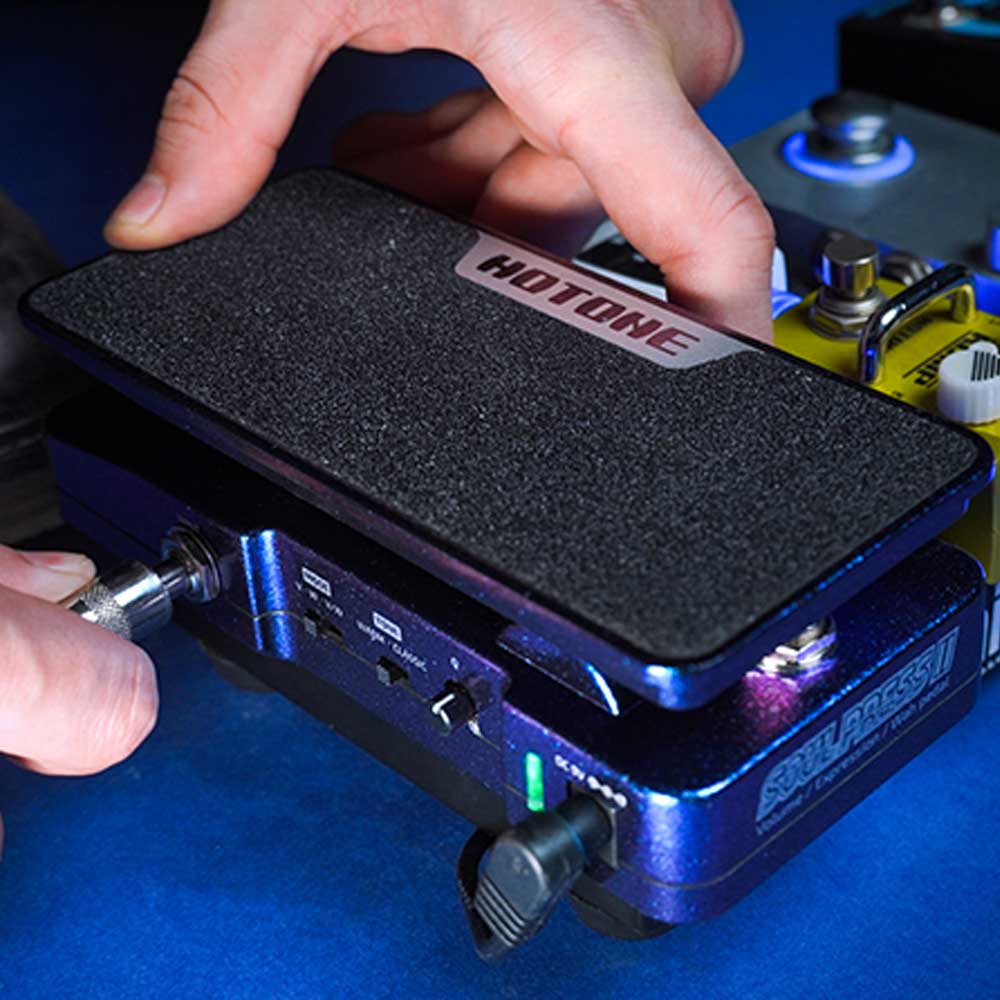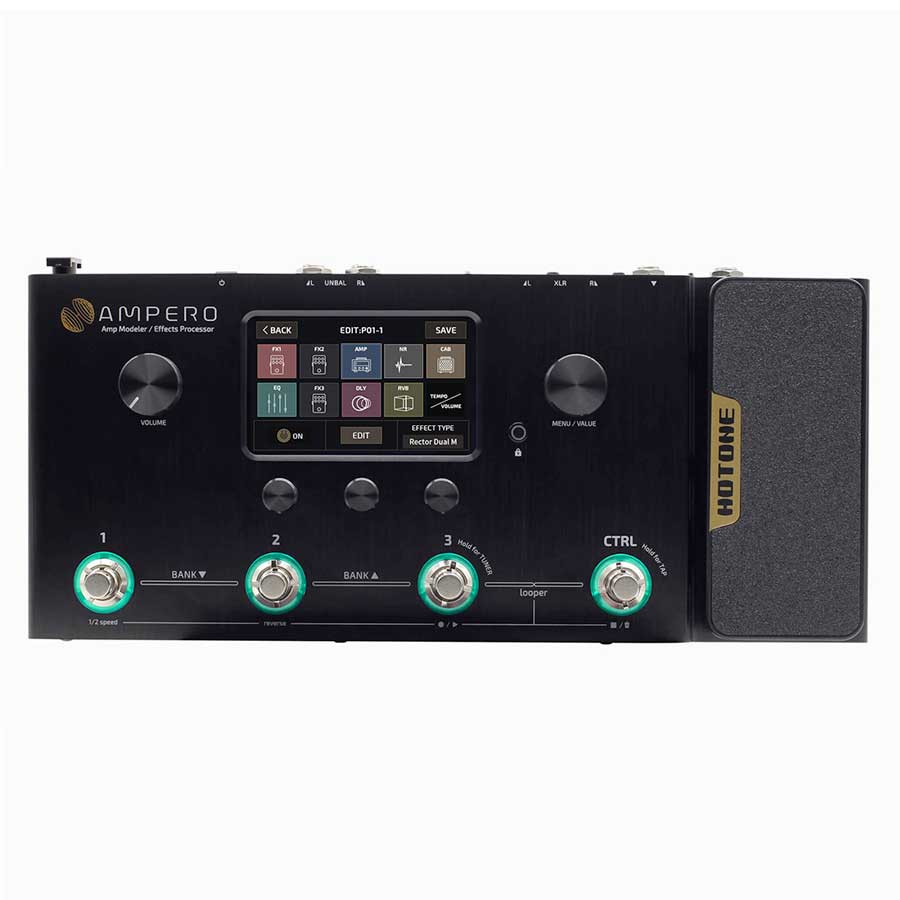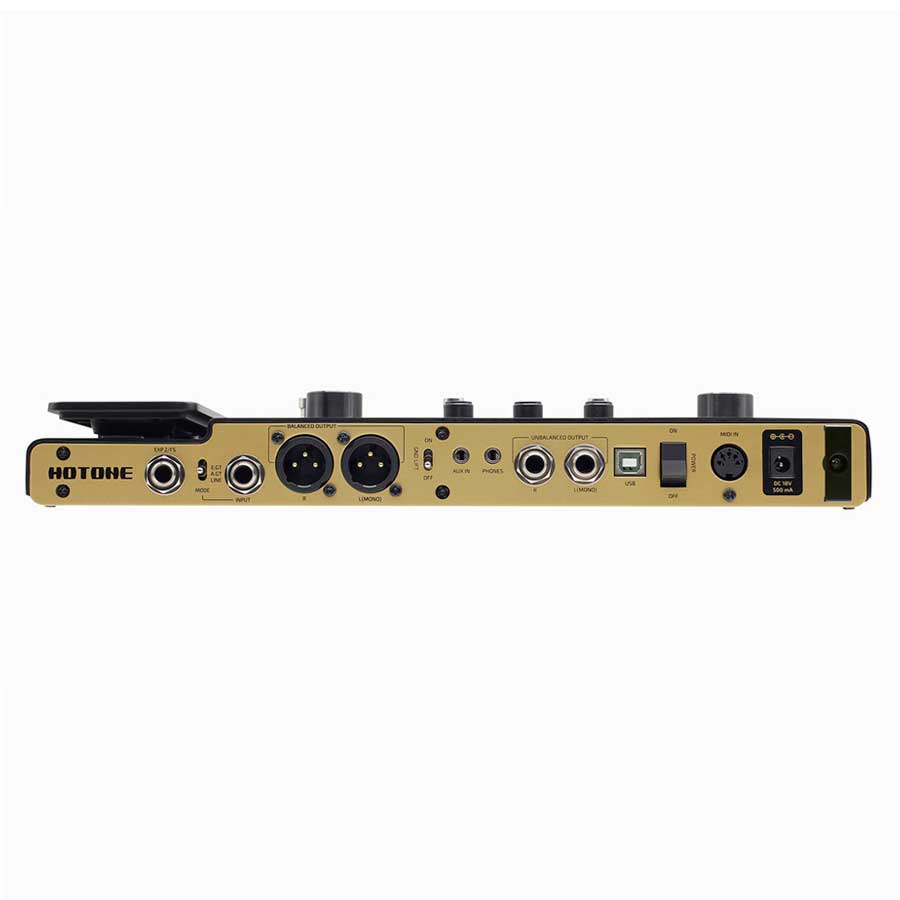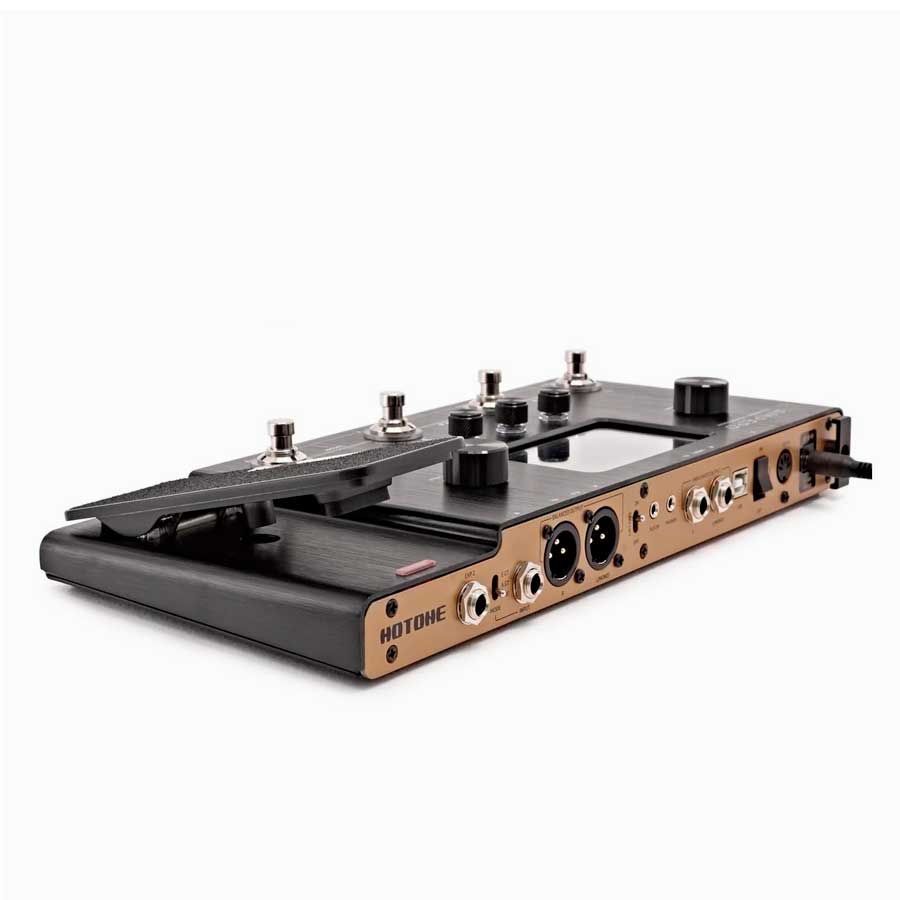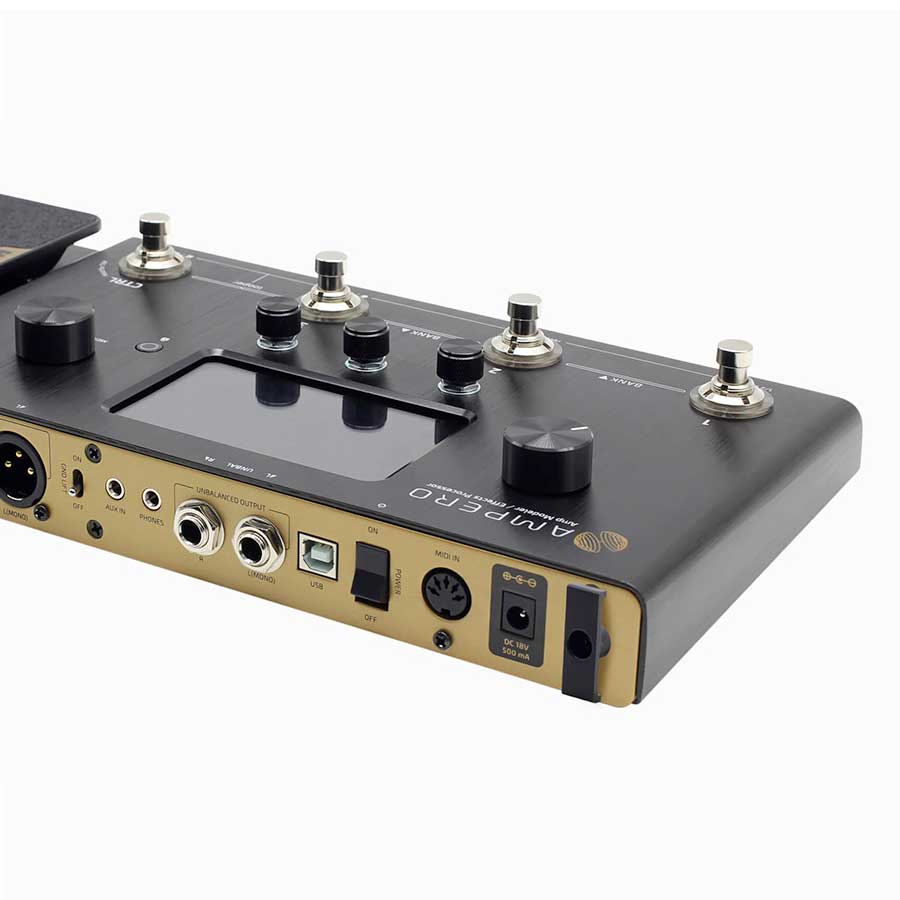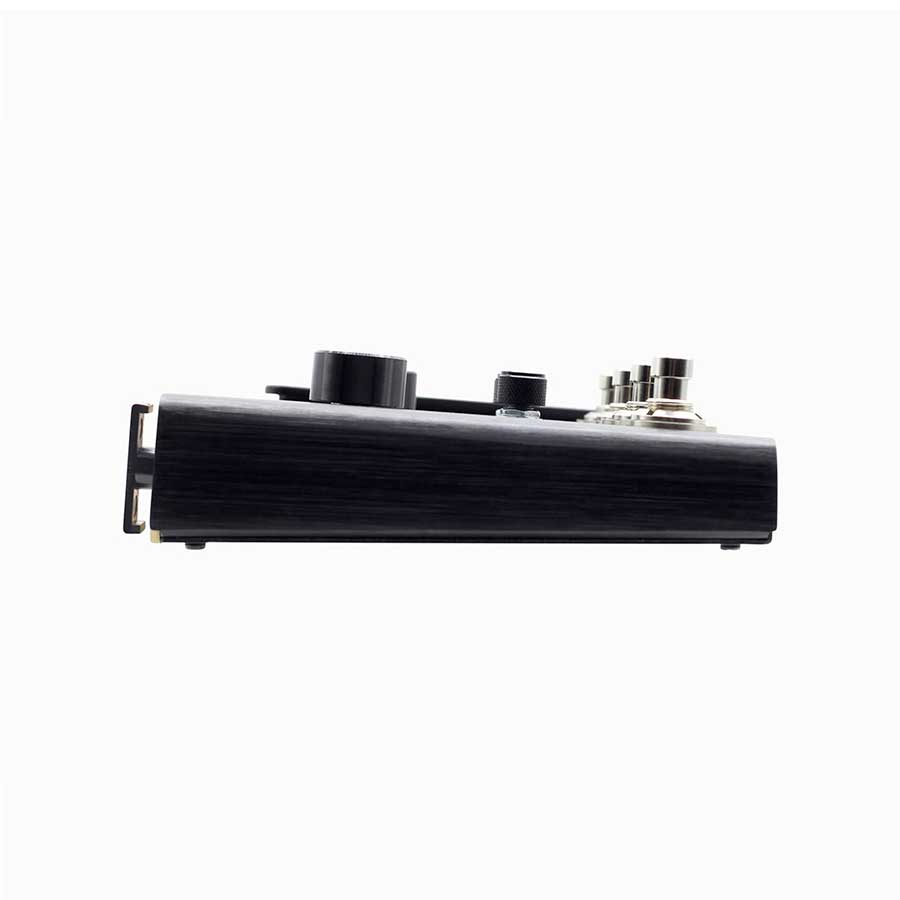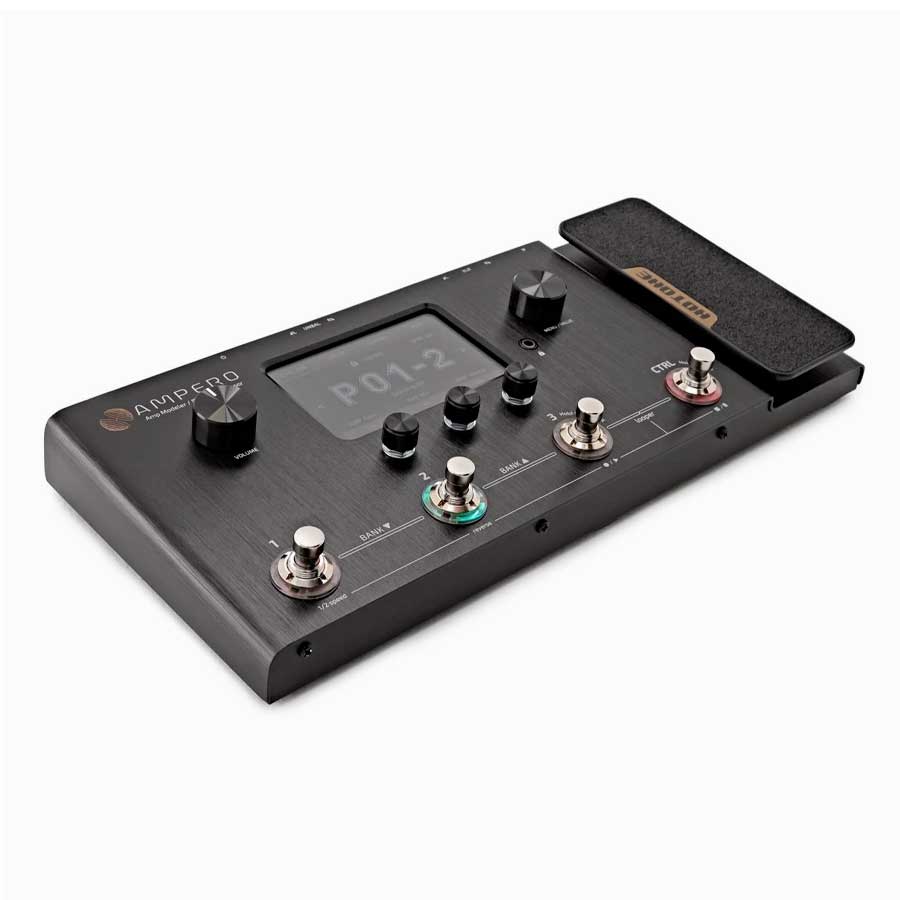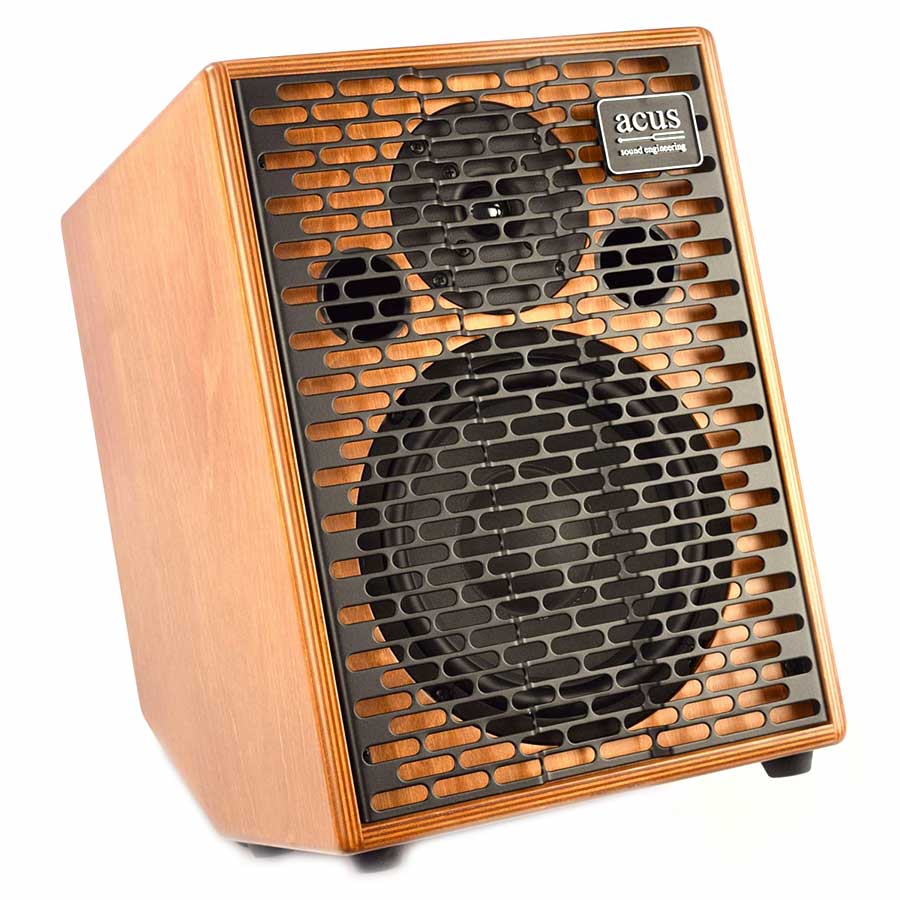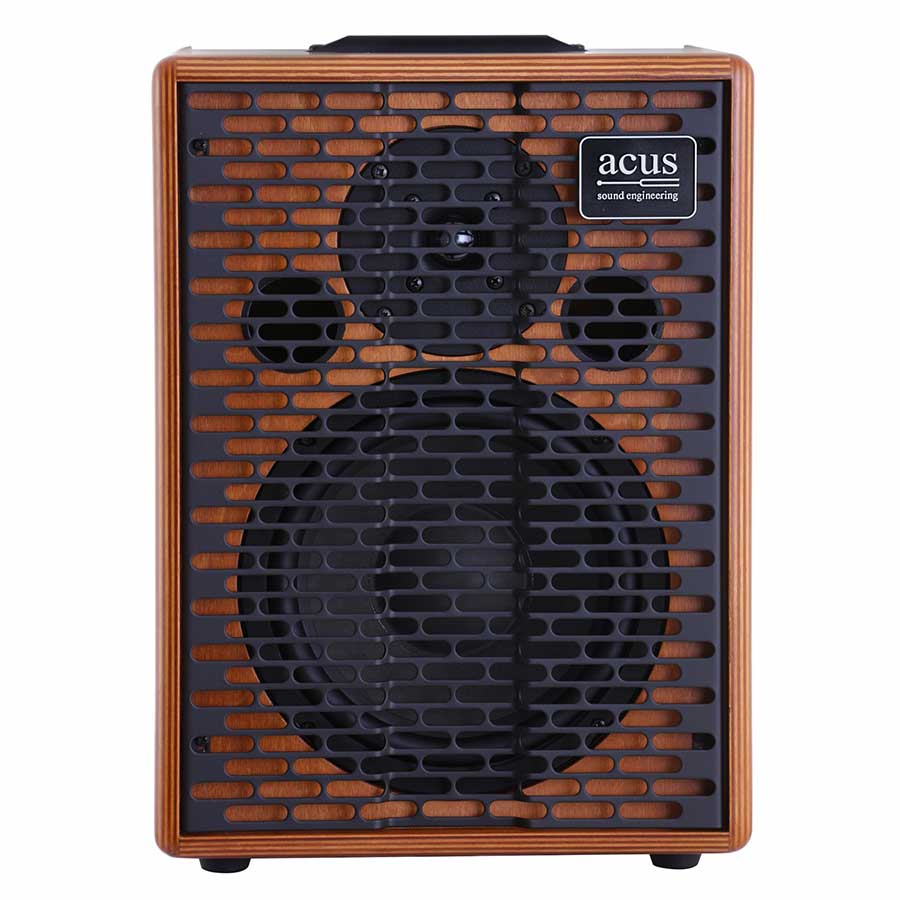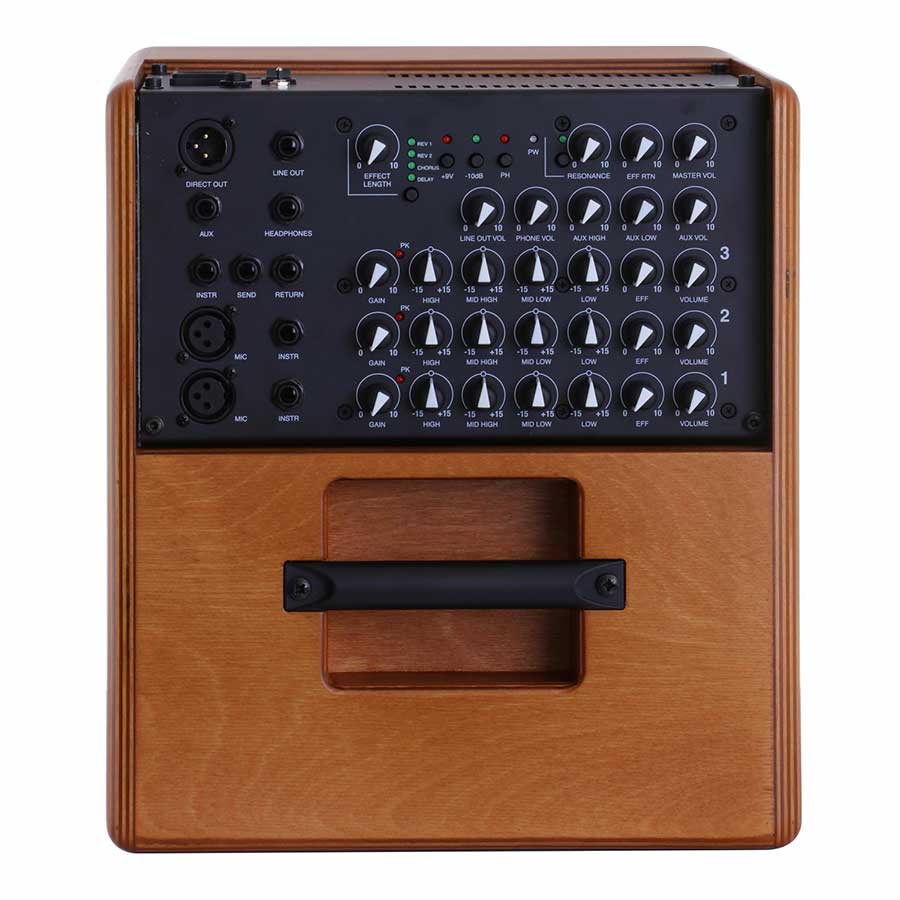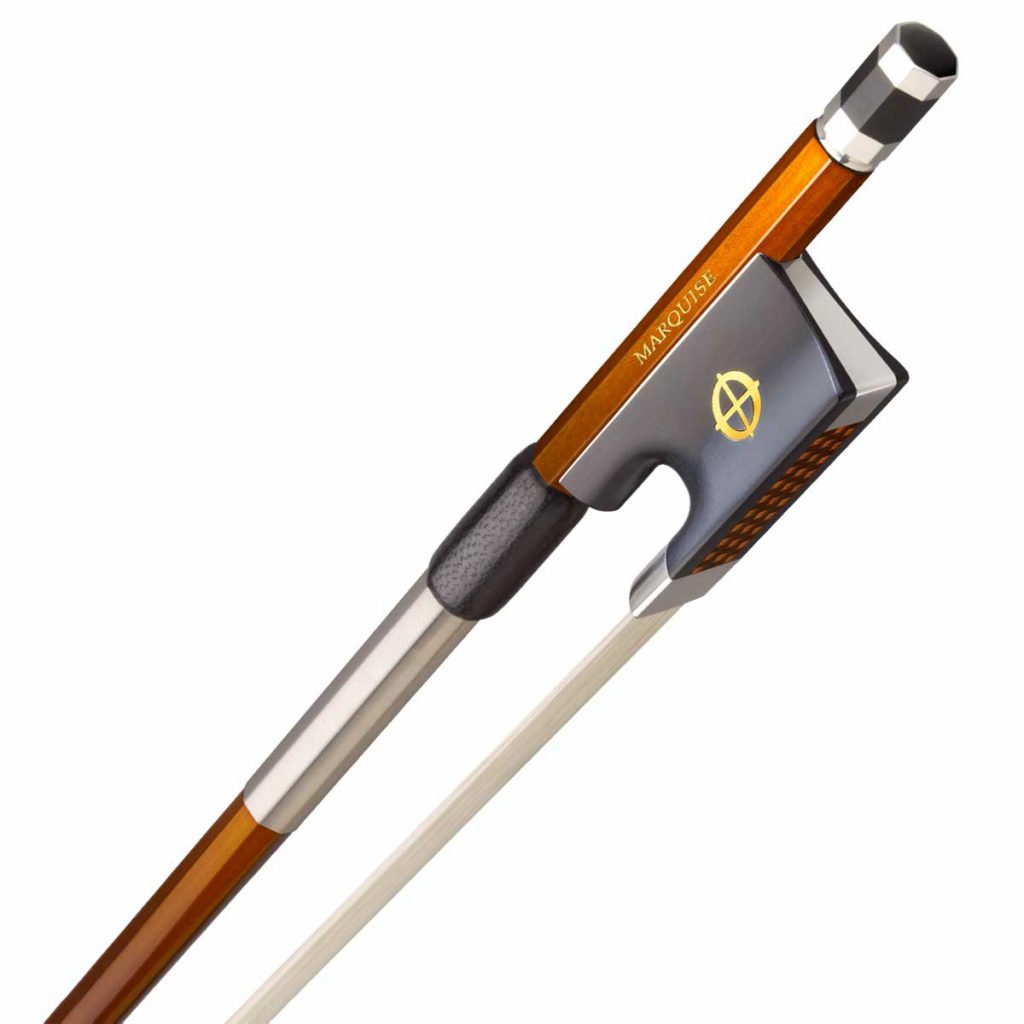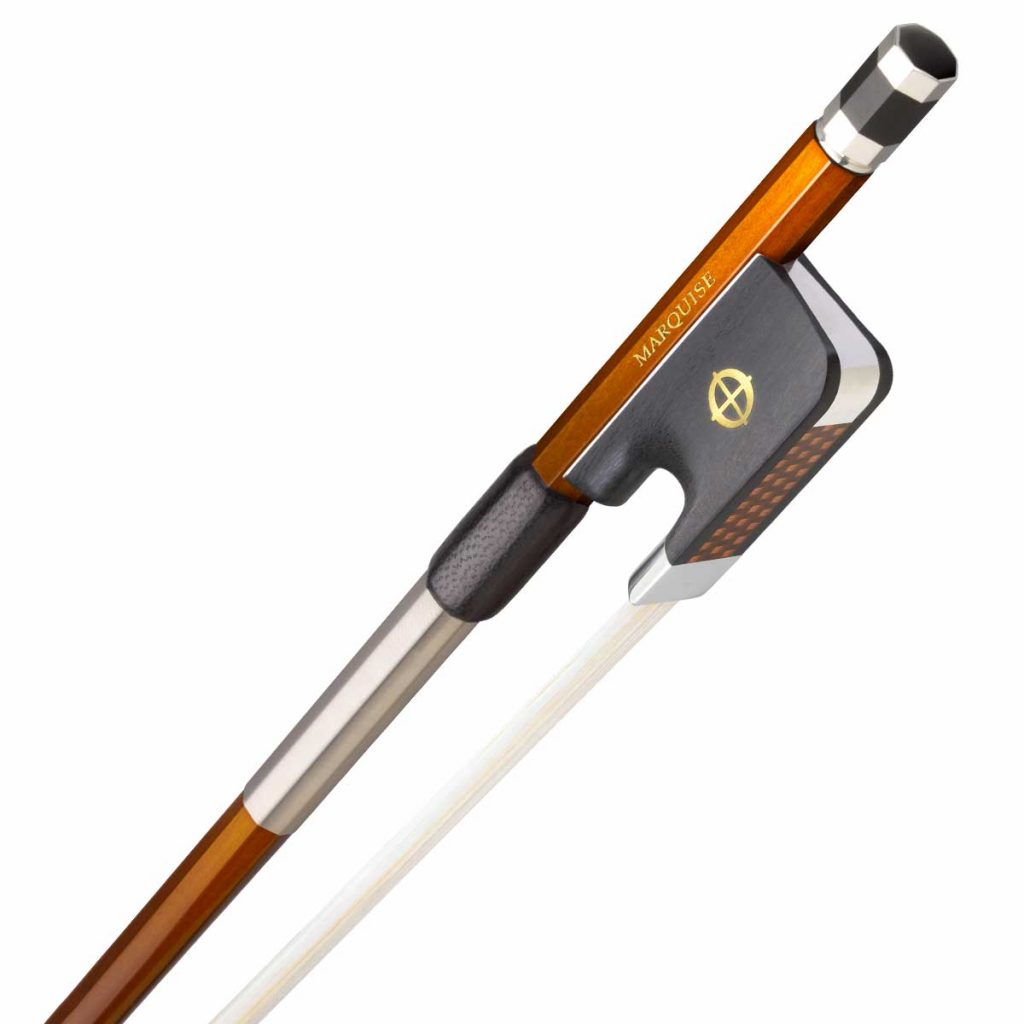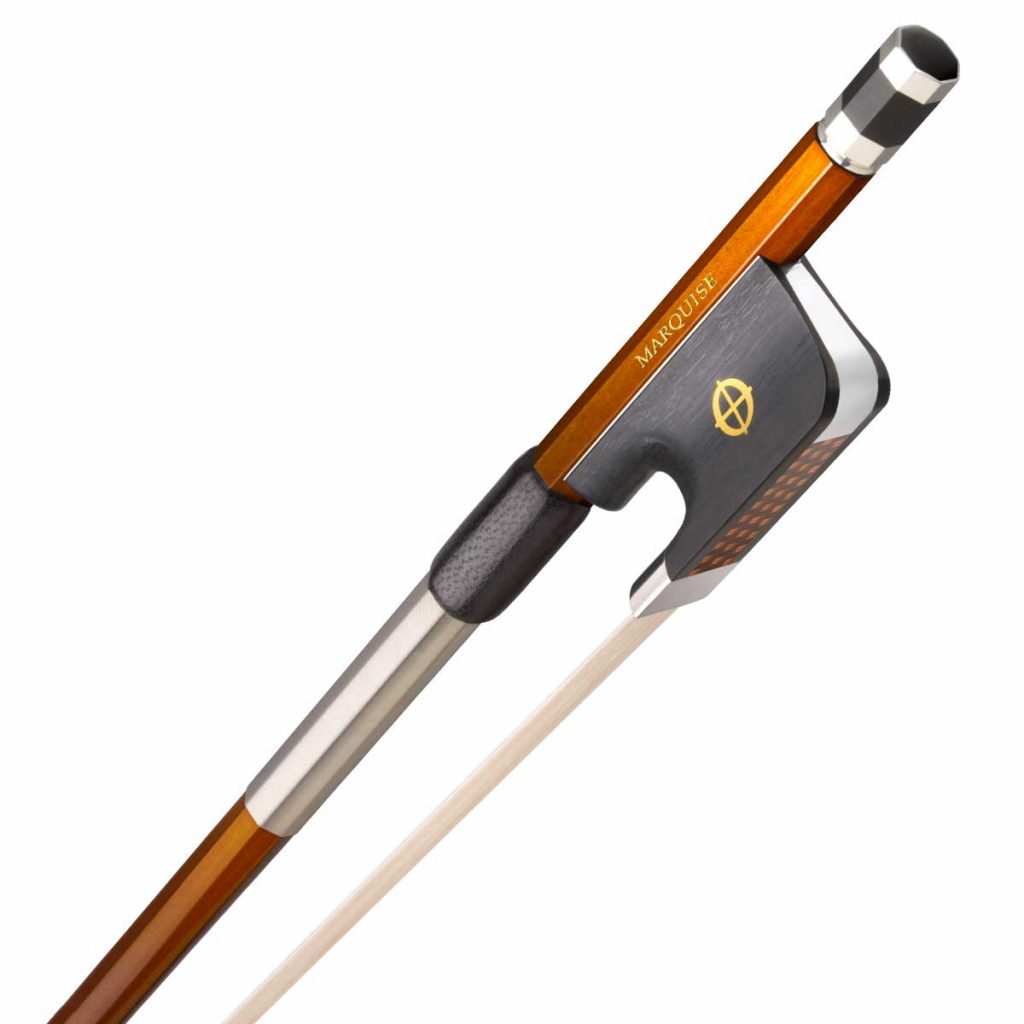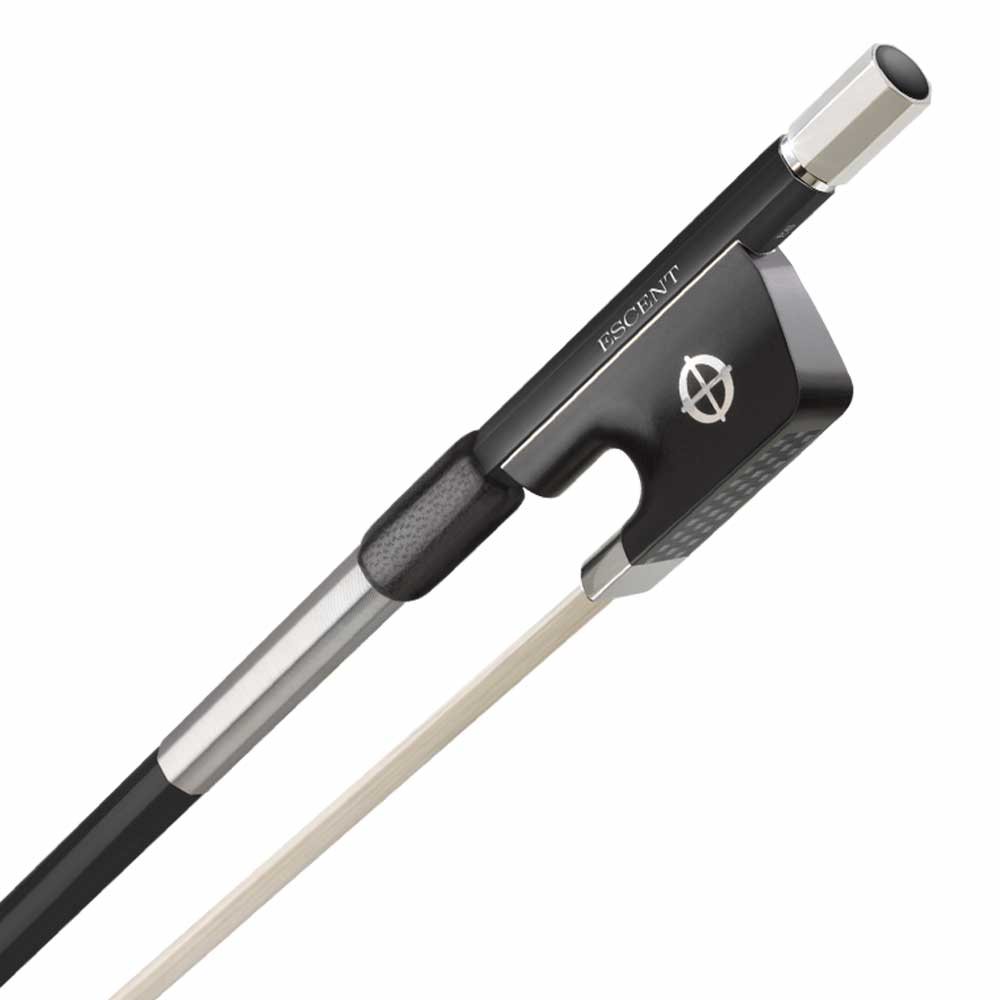The notes and their tuning frequencies
We explained in a previous article why musical instruments are tuned to the key of A? The tuning of an instrument is always based on an A (or La) to 440Hz. Unless there is a musical specificity that requires a different frequency, this is the case with baroque music, which uses a lower frequency.
Do you know why musical instruments are tuned to the key of A?
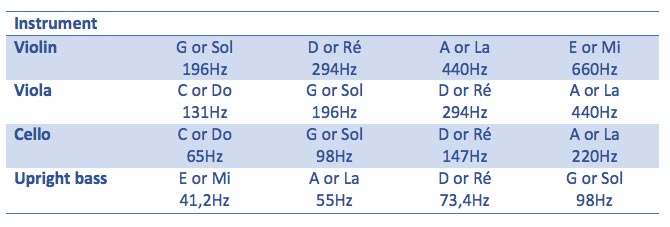
The table on the right lists the string frequencies of the bowed string instruments: violin, viola, cello and double bass.
The higher the frequency, the higher the notes will be. They are classified from the lowest to the highest frequency, or from the lowest to the highest string.
On a violin, and if you observe it laid flat from the front on a table, the leftmost string will be the G (or Sol), which is also the lowest string. Conversely, the rightmost string will be E (or Mi), and will be the highest.
If you use a 5-string violin, the 5th string is the C string (or Do), lower-pitched than the usual G string. Actually, it’s the viola string!
What to tune your instrument with?
There are dozens of possibilities available to help you tune your instrument and set your ear on the note A which, once found, allows you to tune the following strings.
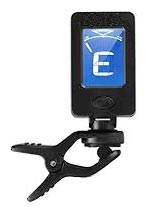
- A tuner
- A tuning fork
- A mobile phone or tablet application
- Another musician’s instrument
- An effects pedal or a multi-effects pedal
- Perfect pitch
The tuner has become an essential tool for any musician. There are clip-on tuners that are fixed directly to the instrument, or small boxes that can be placed near the instrument. Tuners generally allow you to tune several instruments: guitars, ukuleles, violins, etc. They also offer different types of tuning: simultaneous (several strings at the same time) or chromatic (string by string).
For a beginner, the tuner is probably the easiest tool to use.
It is in a way the tuner of the old days and opportunities are rare to see a musician use one to tune. You must be able to clearly define the note you hear in order to be able to find it with your violin. This is not an easy task….
The mobile phone is now the device you always have in your pocket. There are dozens of tuner applications. Alternatively, download a piano application and refer to its A note. At 3Dvarius, we use a small application of this type to perceive the A and then tune each string.
Of course, this only works if the other instrument is well tuned on the desired reference note.
Some effects processors include a tuner. Once your electric violin is plugged in, just select it to tune your violin. Besides, it’s quite practical in the middle of a concert if you happen to feel that a string has slightly detuned; you just have to select it between two songs and discreetly re-tune your instrument.
Well, it’s certainly not a given for everyone! But if you have perfect pitch, then there’s no need to use any of these tools! Trust your hearing!
Do you know what is perfect pitch ? And do you have this rare ability?
How to tune your violin?
We will look at two kind of violins:
- classical violins
- electric violins made by 3Dvarius
Final goal stays: the tuning of your violin. But the way to achieve it will be different from one to the other.
Many beginner violinists are uncomfortable when their tuning pegs have to be turned and they squeal loudly.
The fear of breaking a rope is very real. And yet with a little practice, tuning your violin is nothing but child’s play!
We consider that the strings are already well installed and wound around your tuning pegs or machine heads.
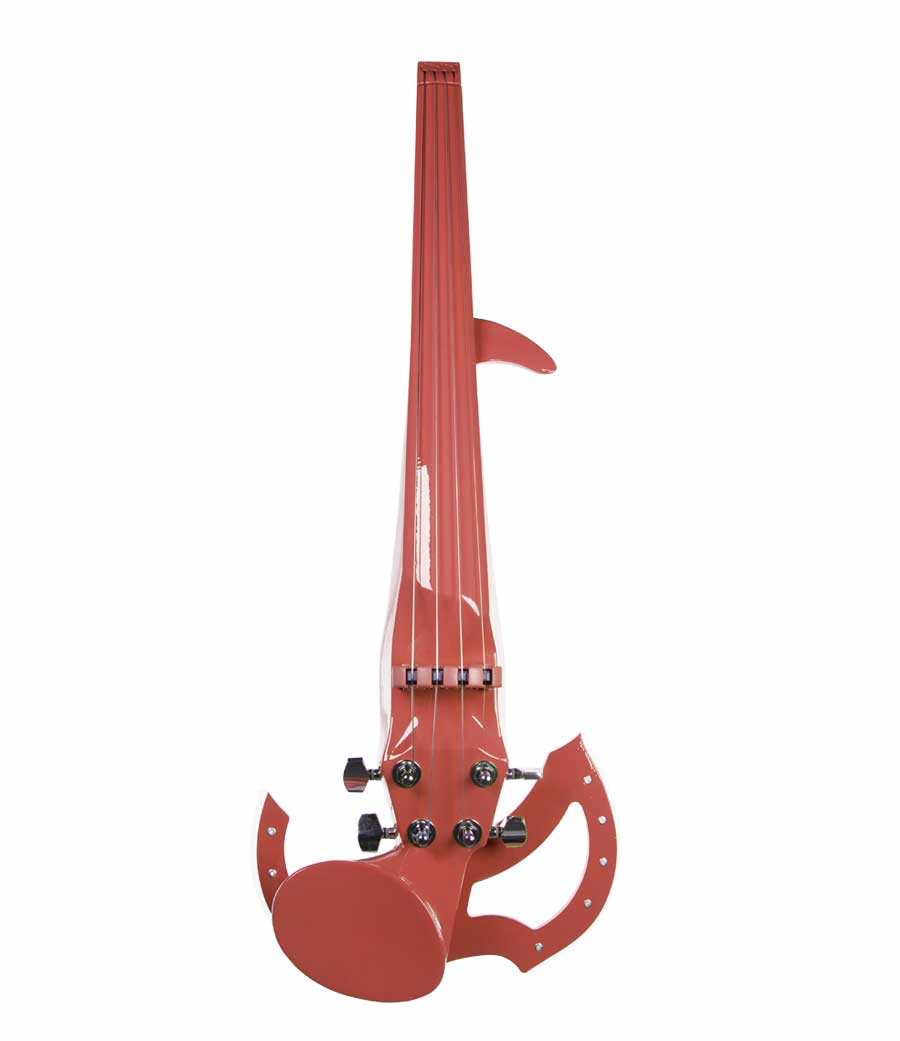
If you need to change the strings of your violin, please refer to our article: How to replace the strings of a violin?
With a classical violin
- Choose one of the tools to tune your instrument.
- You can tune a classical violin while sitting or in playing position. We think that the sitting position seems more appropriate for a beginner. Sit down and place the instrument in front of you on your lap.
- Slightly loose the tuning peg from the string you want to tune. Then turn it to reach the desired note. Test the sound produced by the string by plucking it with your finger. Pay attention to the rotation direction of the tuning pegs.
It may happen that the tuning pegs are difficult to turn. If the tuning pegs are too hard, and it is impossible for you to tune your violin, you will have to visit your luthier. The tuning pegs may be stuck, which is not ideal for a first tuning. Some people recommend lubricating the tuning pegs with soap, nevertheless ask your luthier for advice before you start… - Once you have found the target note, push the tuning peg back into its place so that it locks and holds the string.
- If your classical violin has fine tuners at the tailpiece (see image below), use them to adjust the pitch. They allow for greater accuracy when reaching the target note.
- Repeat these steps string by string.
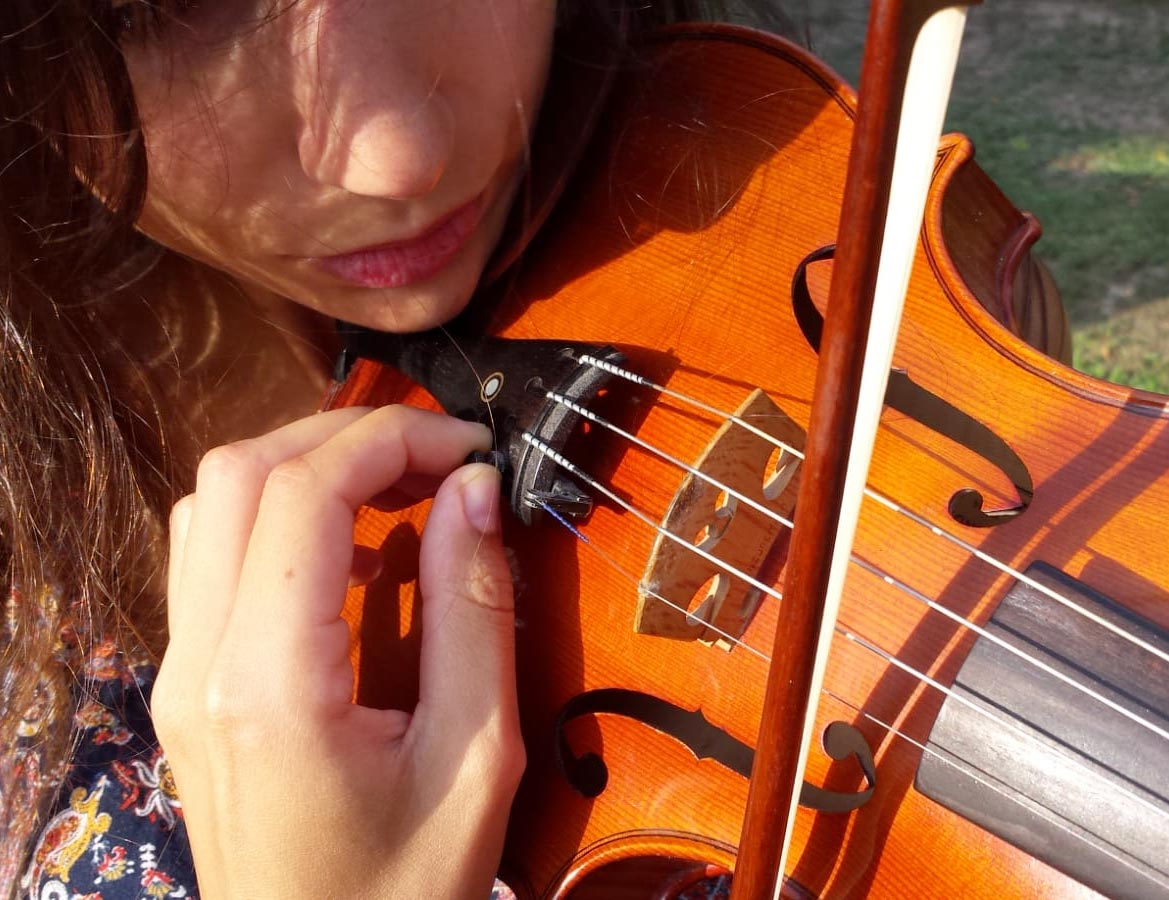
With a Line, Equinox or 3Dvarius electric violin
Our electric violins do not use the traditional classical violin tuning pegs. We have chosen to relocate the classical violin pegbox to redistribute the weight of our electric violins. Hence, we use tuning pegs from guitars to hold the strings. This makes tuning even easier and more durable!
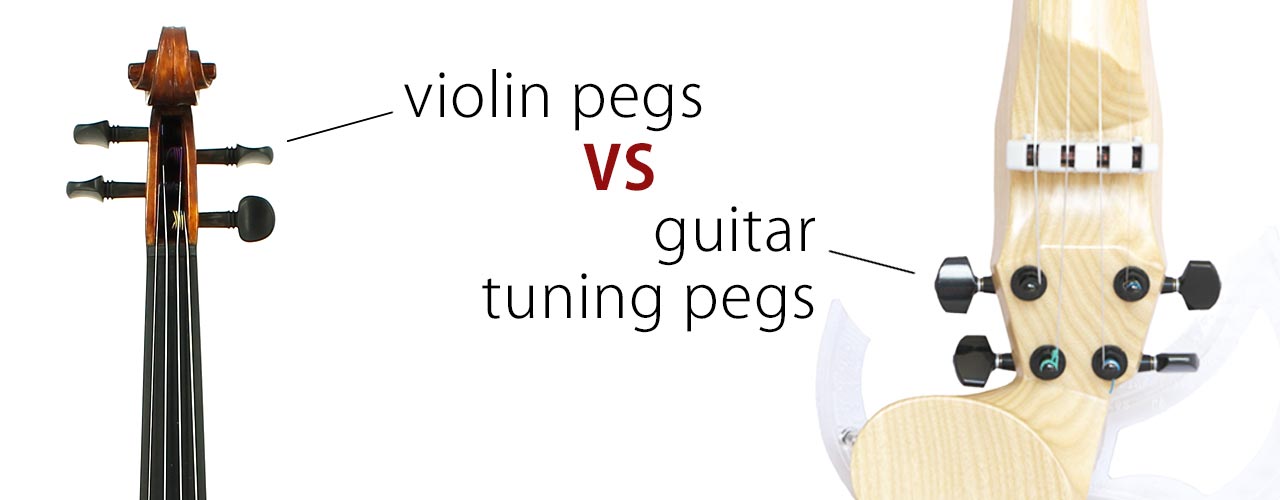
- Choose one of the tools to tune your instrument.
- You can tune your electric violin by placing it flat on a table or in a playing position. As with the classical violin, a beginner will be more comfortable by placing the electric violin flat on a table.
- Identify the desired note by turning the guitar machine head of the string and plucking the string with one of your fingers. Pay attention to the rotation direction of the guitar machine heads. The rotation direction of the machine heads is reversed according to the position of the machine heads on the violin body.
- Repeat these steps string by string.
There’s nothing else to do with the guitar machine heads. They are ideal and have the advantage of better maintaining the string in tension.
Ideal hand positions to tune our electric violins while standing
- Hold your electric violin between your chin and shoulder.
- Refer to our diagram to find the ideal position for your hands to tune each machine head.
- Hold your bow with your right hand and turn the guitar machine heads with your left hand until you reach the desired note.

Problems encountered when tuning a violin
A string does not remain tuned even if I have just tuned it
This is a common problem and can be caused by many factors:
- A tuning peg or machine head that no longer works properly
- A string not properly attached to the machine head or tuning peg
- A badly placed or damaged bridge
- A damaged tailpiece
If the string in question is new, it is normal for it to be quickly out of tune at first. If after several hours of playing, the problem persists, contact your luthier or manufacturer.
I break my strings when I tune
A string that breaks when tuning! That happens, especially if you hadn’t replaced it for a long time. A worn string can break as soon as it is re-tuned.
The strings are subjected to enormous tensions, they must be of good manufacture to be able to resist. Choose good quality strings and avoid the very inexpensive ones.
If you break your strings with each tuning, there is another problem. Either you overstretch your strings and they break, or your violin has a problem that damages them to their breaking point. In this case, you will need to visit a luthier.

My violin go out of tune too often
A classical or electric violin will react to external conditions. Depending on the ambient humidity and temperature, the violin body and strings will adjust. This is why every musical instrument go out of tune. The material reacts to external conditions. This applies to all types of materials, so even the body of the 3Dvarius, our electric violin created by the 3D-printing technology, reacts to external conditions.
If you have just replaced your strings, be aware that new strings adjust faster. They tend to go out of tune in a short period of time. Of course, after several hours of play, this syndrome will disappear.
The bridge is tilted or slipped and fell
The bridge is not fixed on any violin, it is held in place by the tension of the strings. If the string tension is insufficient, it may fall. A falling bridge is a rather rare phenomenon during tuning. Especially if you follow the basic rule: replace the strings one after the other.
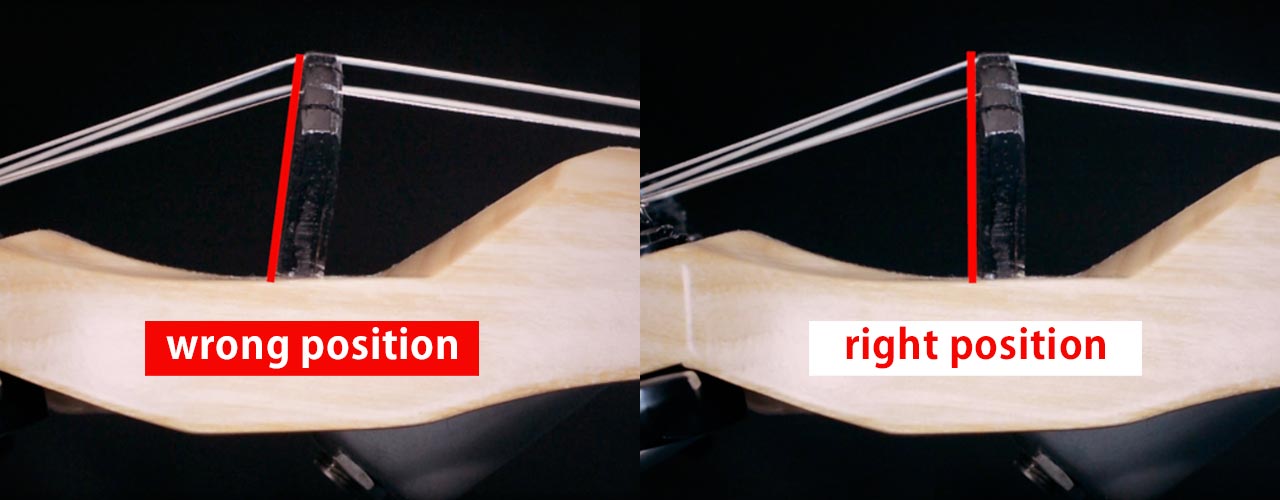
On the other hand, a tilted bridge is quite common. Don’t worry, you’ll be able to reposition it. You will have to loosen the strings to gently straighten it up.
Read our article on this subject: how to straighten the bridge of a violin?
A few hints and tips
Never replace all strings at the same time
Above all, never start replacing all strings at the same time, change them one after the other in order to keep the tension on your instrument constant.
Prepare your violin for airplane travel
When travelling by plane, loosen your strings.
Discover our advises and tips on how to flight easily with a violin?
Re-tune your violin before going on stage
If you perform concerts, especially check the tuning of your instrument before going on stage and sometimes even before starting the concert when already being on stage. The temperature conditions change between the dressing rooms and the stage, and it is not uncommon for a violin to go out of tune simply by changing locations…
Do not over-tension your strings
A constant over-tension of the strings limits their life span and inevitably leads to over-tension and breakage.
Images: Unsplash, makers, 3Dvarius



